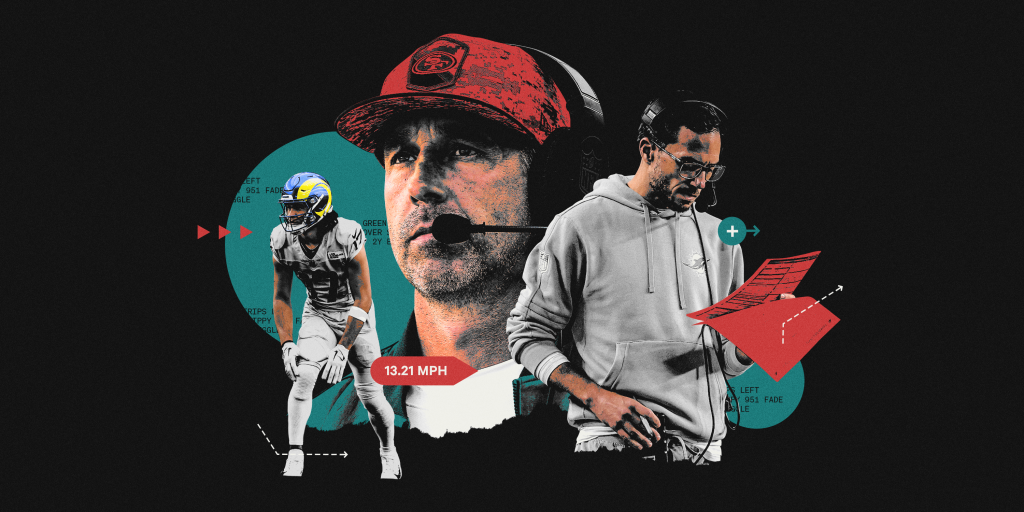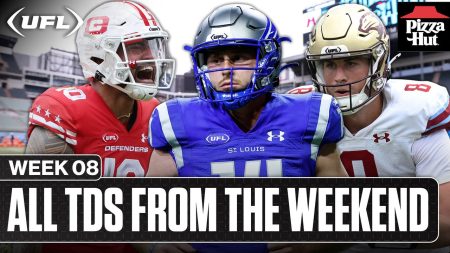In the NFL, the use of pre- and at-snap motion has become increasingly popular in recent years, with many teams incorporating it into their offensive strategies. One particular motion concept called “cheat” gained widespread attention during the 2023 season after Miami Dolphins head coach Mike McDaniel introduced it in a game against the Los Angeles Chargers. This short out motion, which involved receiver Tyreek Hill running outward before turning vertically at the snap, quickly spread to other teams in the league, including the Rams, 49ers, Bengals, and Packers.
The success of “cheat” was attributed to the speed and versatility of players like Hill, who could run various routes off the motion to exploit defensive coverages. Defenses struggled to contain the explosive passing attacks that utilized this motion, leading them to devise new strategies to defend against it. Coaches and players across the league studied film, implemented changes, and experimented with different countermeasures to stop or disrupt the motion, but the speed and precision of the offense continued to pose challenges.
Innovation in offensive strategies often emerges from unexpected sources, as seen in the case of the CFL-inspired motion concept that influenced McDaniel’s creation of “cheat.” Coaches regularly draw inspiration from a variety of sources, including film study, scouting reports, and game observations, to develop new plays and concepts. The rapid spread of ideas across the league underscores the competitive nature of the NFL, where every team is constantly seeking an edge over their opponents.
As the use of motion in the NFL continues to evolve, coaches are exploring new ways to leverage its advantages and exploit defensive vulnerabilities. Motion not only provides valuable information about defensive coverages but also creates mismatches and opportunities for offenses to gain a strategic advantage. By incorporating motion into their play designs, teams can enhance their offensive capabilities and keep defenses off balance.
Defensive coordinators face the challenge of adapting to these evolving offensive trends and finding ways to counter the strategic advantages gained through motion. With limited time to prepare and install new defensive schemes, teams must be innovative in their approach to defending against motion-based offenses. The success of “cheat” and other motion concepts highlights the importance of adaptability and strategic planning in the ever-changing landscape of NFL football.
In the competitive world of the NFL, coaches and players are constantly seeking new ways to gain an edge and outsmart their opponents. The rapid spread of ideas and concepts, such as the “cheat” motion, underscores the necessity of innovation and adaptation in a league where success hinges on staying one step ahead of the competition. As teams continue to evolve and refine their offensive strategies, the role of motion in shaping the future of football will undoubtedly remain a key element in the game.















